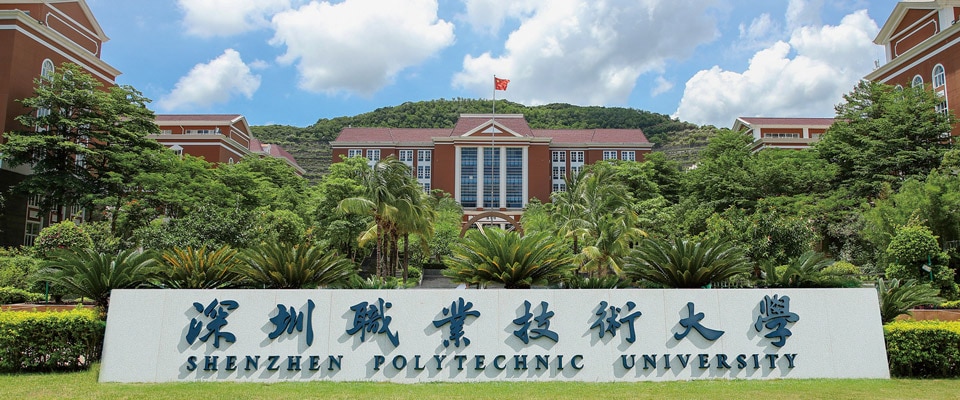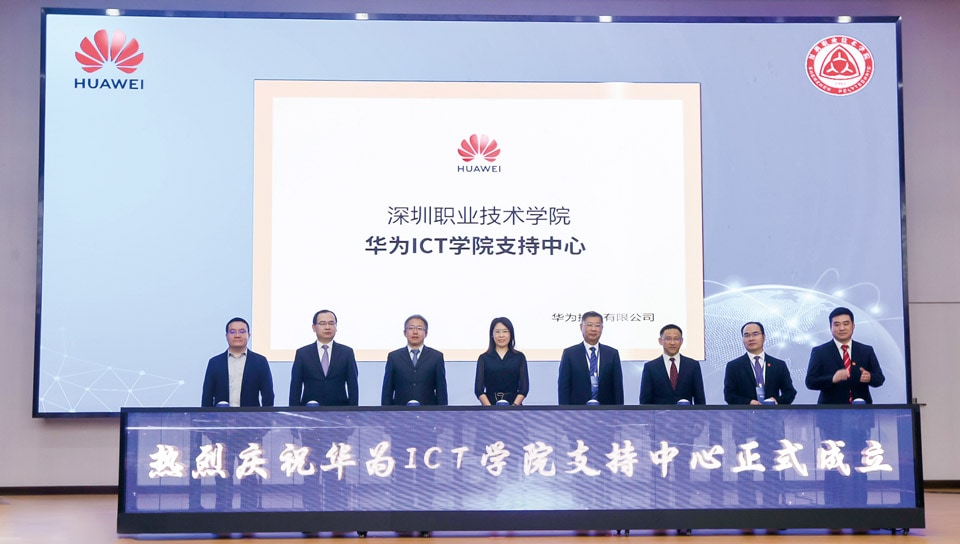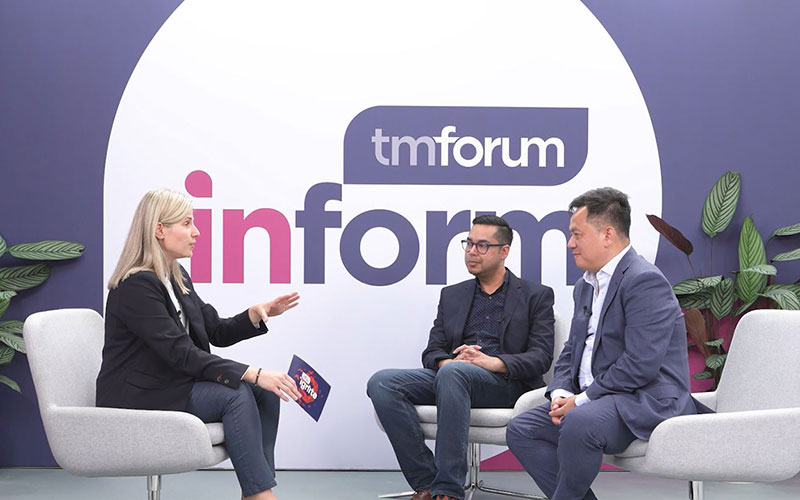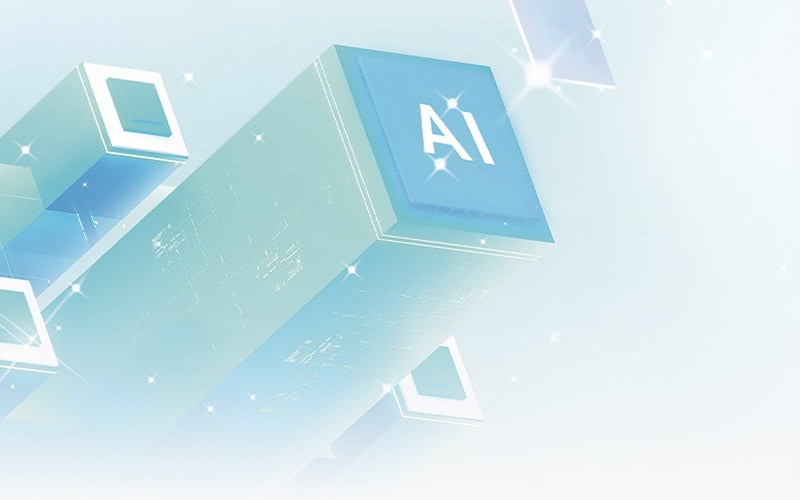Industry Ecosystem
Facilitating Integration and Collaboration with the IASC
To develop tech talent, Shenzhen Polytechnic University is supporting new Huawei ICT academies in China in three key ways.


By Xu Jianling, President, Shenzhen Polytechnic University

The front gate of Shenzhen Polytechnic University

China's first Huawei ICT Academy Support Center (IASC) opened its doors at Shenzhen Polytechnic University (SZPU) on March 16, 2023. For 30 years, SZPU has grown alongside the booming Pearl River Delta. Guided by the innovative spirit of the Shenzhen Special Economic Zone, SZPU has long been a leader in China in vocational and technical education. As president, it is my honor to represent such a pioneering institution whose members are not afraid of hard work.
It is no surprise then that we are excited to reach a new milestone in our partnership with Huawei. For more than a decade, SZPU and Huawei have continuously collaborated to jointly nurture high-quality ICT talent. Our partnership is already a model of collaboration between higher education and business, and the opening of the IASC marks an important transition in this model: from mutual support for joint development to further integration for joint research.
SZPU and Huawei's partnership began thanks to one of the university's key research projects: Research and Practice on a Profession-oriented Communications Teaching Certification System. After three years of hard work, we proudly opened the first Huawei-authorized training center in China in 2008. Then in 2011, we became home to a Huawei ICT Academy. In 2020, Huawei chose SZPU to house the Cloud Kunpeng Center. And in the same year, we jointly established an industry-education integrated 5G+ digital talent base and signed a strategic cooperation agreement.
Earlier this year, we opened the new center, China's first Huawei IASC.
Fostering skilled talent for the new era
SZPU and Huawei have jointly launched ICT majors, created support structures specifically for ICT talent, and developed a collaborative system of university curricula and enterprise certifications. Our cooperation includes progressive training and personalized learning based on a three-pronged curriculum system based on phase, area, and level, an approach that offers flexible courses to nurture student talent. By engaging with students' own interests, the program helps them improve both their confidence and employment prospects. The curriculum system focuses on developing capabilities in seven areas: enterprise application analysis, product skills, protocol insights, logical thinking, network fault diagnosis, network architecture design, and project organization.

Figure 2: The opening ceremony for the Huawei IASC at Shenzhen Polytechnic University
It also prioritizes training via practical projects by providing a dedicated practical training environment, high-quality teaching staff, and a first-class ICT degree program. SZPU and Huawei worked closely to develop the process so that we can discuss and address any issues that arise, develop tools, share resources, and thrive together.
When we were developing the curriculum system, we first divided the courses into two categories based on the stage the students would be at, resulting in basic courses and certification courses. Then, we grouped courses by technical area such as transmission, datacom, mobile, and cloud computing. Finally, based on the certification criteria and our desire to provide individualized teaching, we defined different levels for each certification area, resulting in a full suite of courses aimed specifically at beginner, intermediate, and advanced learners. Students can take the courses progressively based on their level of mastery. The curricula are broad-based, modular, and progressive, and cover multiple areas.
This three-pronged curriculum system allows us to achieve three things. First, phase-based teaching helps us bridge the gaps between vocational education and industry and enterprise needs. Second, curricula focused on individual technical areas personalizes the offerings and helps us bridge the gaps between teaching criteria and enterprise criteria. Third, level-based curricula create a clear career development path and help bridge gaps between course content and technological developments.
When it comes to practical project training, we adopted a five-step teaching method where, first, we select typical application scenarios; second, we break down knowledge points; third, we train based on small projects; fourth, we enhance training through medium-sized projects; and fifth, we practice E2E design and implementation through large projects. Practical project training gives a clear structure to students' otherwise fragmented knowledge and skills, and significantly improves their application and project management abilities.
The collaboration between SZPU and Huawei has been very fruitful. SZPU was named as one of Huawei's top 10 partners worldwide in both 2012 and 2017, and 340 SZPU students have received Huawei's ICT Expert certification (HCIE) since 2014, the highest amount from any single college or university in the world. The talent training model based on the ICT Academy established by SZPU and Huawei also won the national grand prize for teaching achievements in 2018. SZPU's research team has also worked with Huawei to ensure continued supply for 5G base stations, preparing the technology required for the next generation of high-frequency communications equipment. At the 7th Huawei ICT Competition, SZPU students won grand prizes in the Network Track, Cloud Track, and Computing Track categories.
IASC will support new ICT academies in China
The new IASC will support the development and operation of Huawei ICT Academies in China. Huawei has tasked SZPU with creating a replicable ICT talent training experience from the academy perspective for worldwide implementation. Huawei will provide support for professional courses, training support, professional development, and technical guidance. SZPU will promote Huawei ICT Academies through the center, engage candidate colleges, assist in their business and activities, and provide training, development, operations, and marketing activities for the academies.
In 2023, the IASC will focus on training instructors at ICT Academies across China. So far, it has provided instructor training on HarmonyOS and cloud services, enabling college teachers to deliver related courses. SZPU also delivered three training sessions during the summer vacation on the construction and O&M of Huawei's 1+X network system, data communications, and HarmonyOS mobile application development. These courses helped improve the overall teaching skills of vocational college teachers and will help them build new IT major programs at their own colleges and universities. This year, the SZPU IASC will help 100 ICT Academies at higher vocational colleges in China meet operational targets, which in turn will train an estimated 15,000 students. SZPU will work with colleges supported by IASC to compile and publish five sets of collaborative teaching materials on Huawei's technologies, and organize two national talent job fairs to find employment for high-quality talent.
The SZPU IASC will also function as an incubator for more IASCs. We expect to support the opening of four to nine new IASCs over the next two years, so that there will be at least one IASC in each of China's five main regions, forming a nationwide IASC network.
The IASC plans to prioritize development in three areas. First, SZPU and Huawei will work together to continuously improve its certification system to better adapt it to the educational needs of our communities. IASC will also help Huawei promote its teaching resources, especially practical training resources on its talent training platform. Second, SZPU will facilitate communication between ICT Academies around the world by selecting IASC trainers (i.e., instructors that train instructors) to strengthen the IASC faculty and use high-quality talent to nurture even higher-quality talent. SZPU will also hold ICT Academy instructor exchanges to develop curricula and improve teaching quality. Third, SZPU will continue working with Huawei to develop more certification areas and integrate them into the curriculum system. Huawei will help develop certifications in areas like IT application innovation and F5G for SZPU's most innovative programs, such as Modern Communications Technology.
IASC is the next step in the collaboration between SZPU and Huawei. This is a great opportunity for both organizations to explore new models of strategic partnership that will be needed as the digital economy and regional industry transformation continue to surge. This partnership has the potential to bring vocational education to the next level, and help it deliver higher quality and greater value. Moving forward, SZPU and Huawei will continue working together to further integrate ICT into education, and collaborate in the areas of cultural integration, talent exchange, technology sharing, and joint resource development.
Together, we can create a brighter digital future and bring vocational education to another level.
- Tags:
- Digital Transformation





